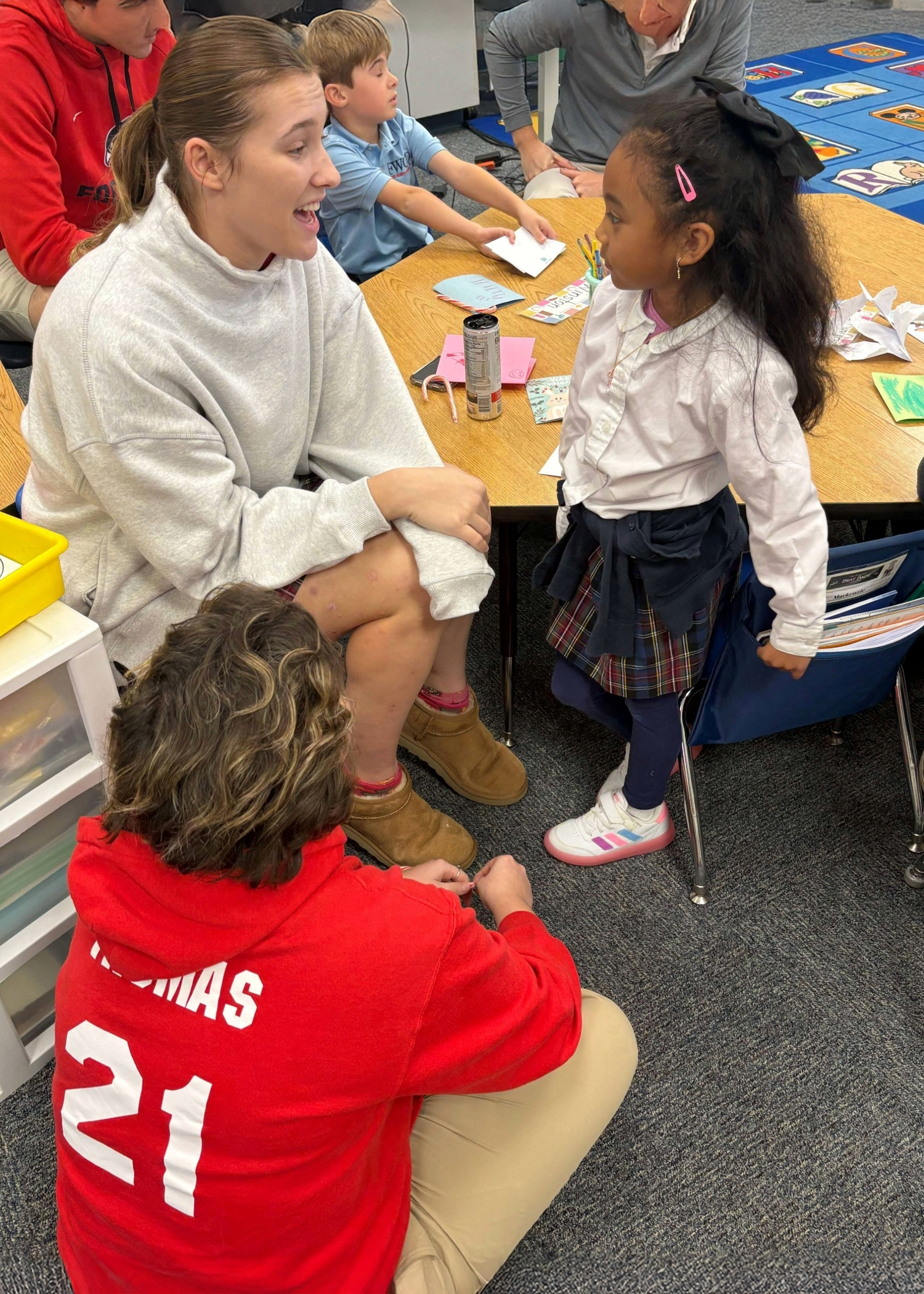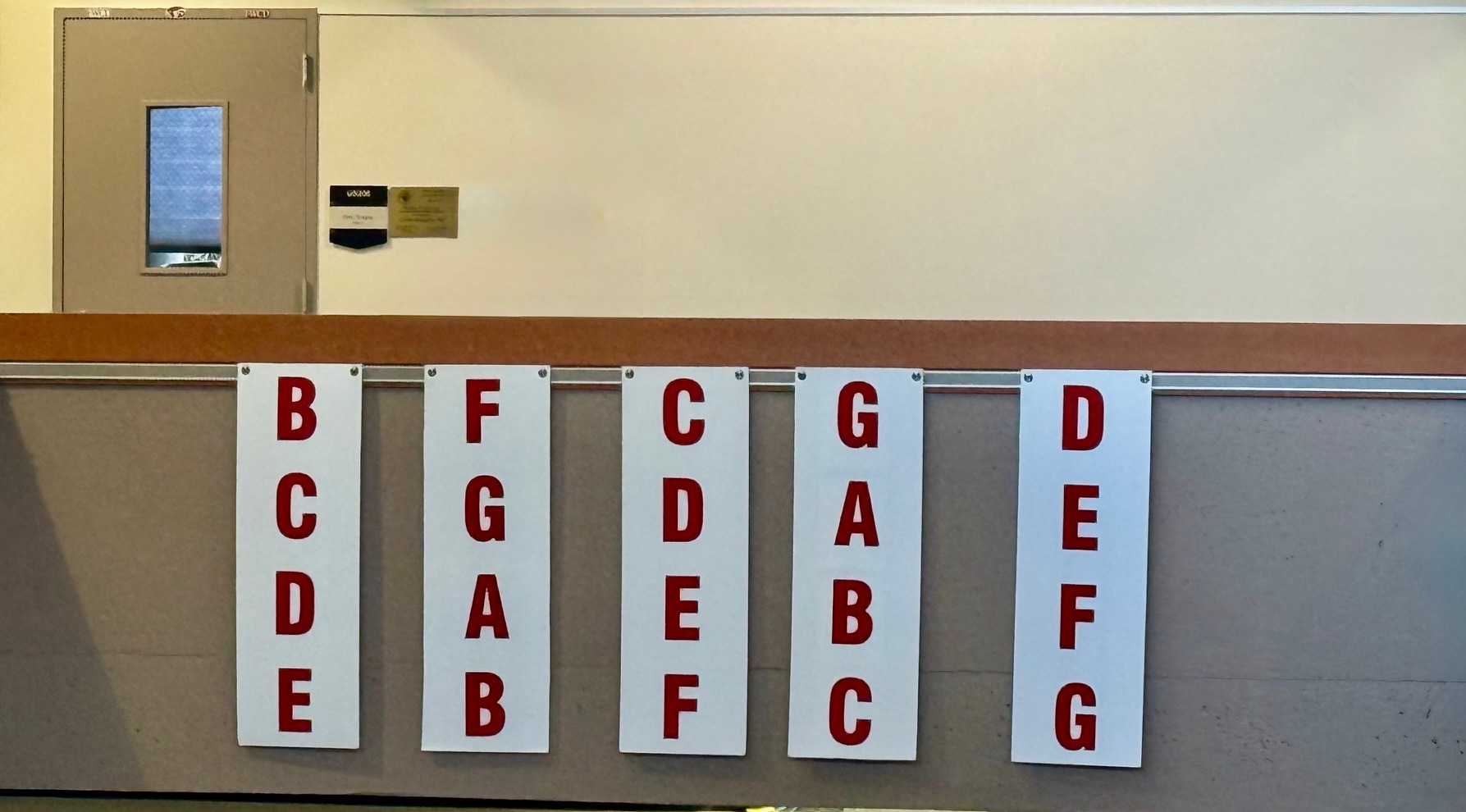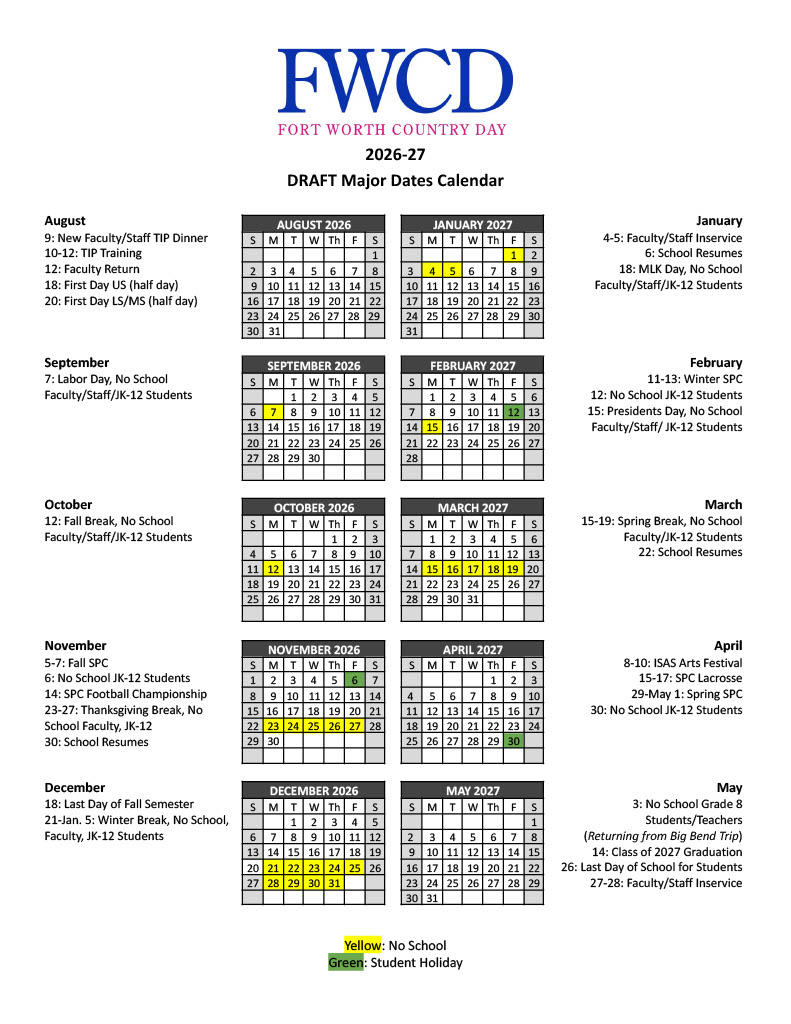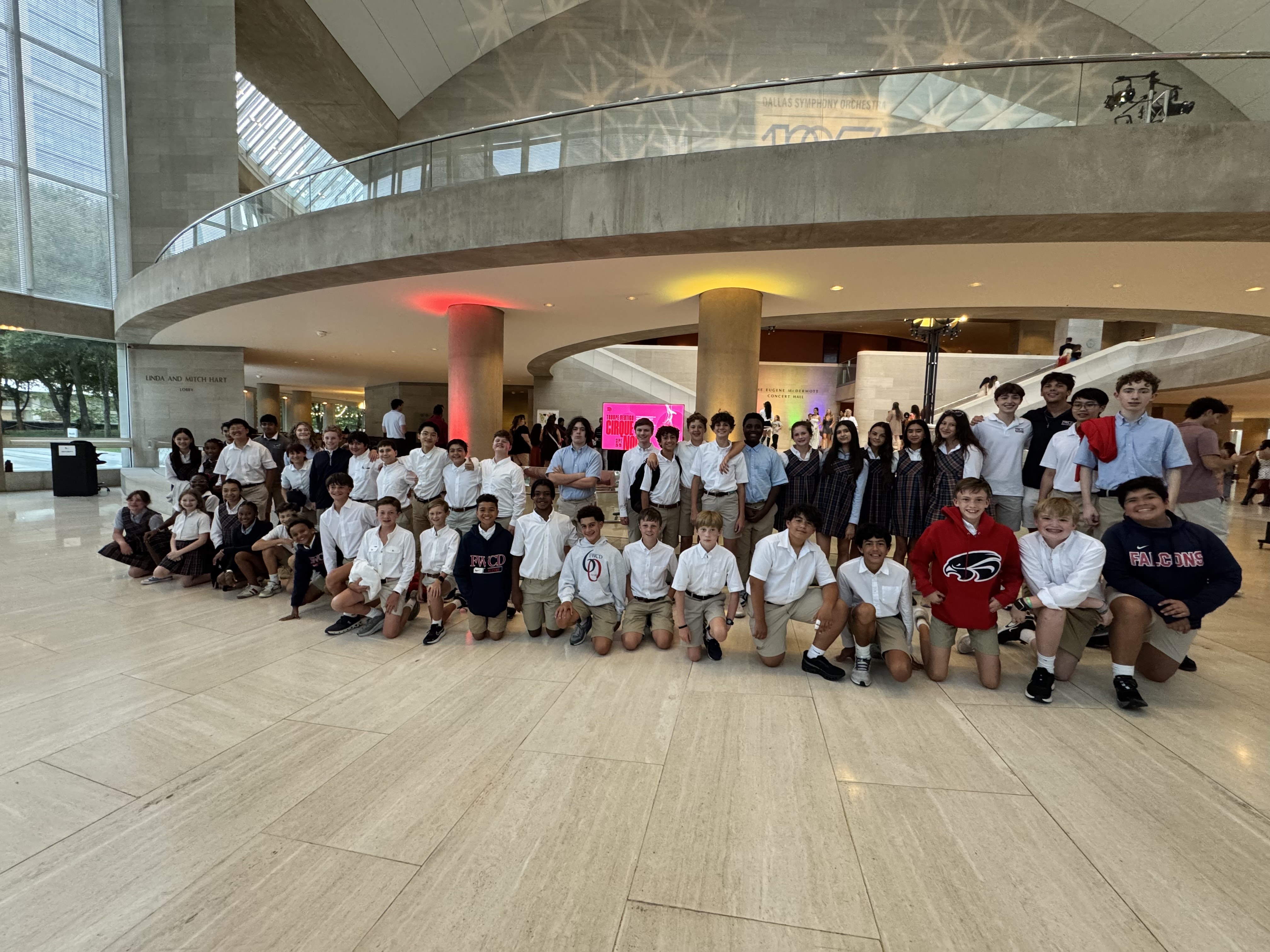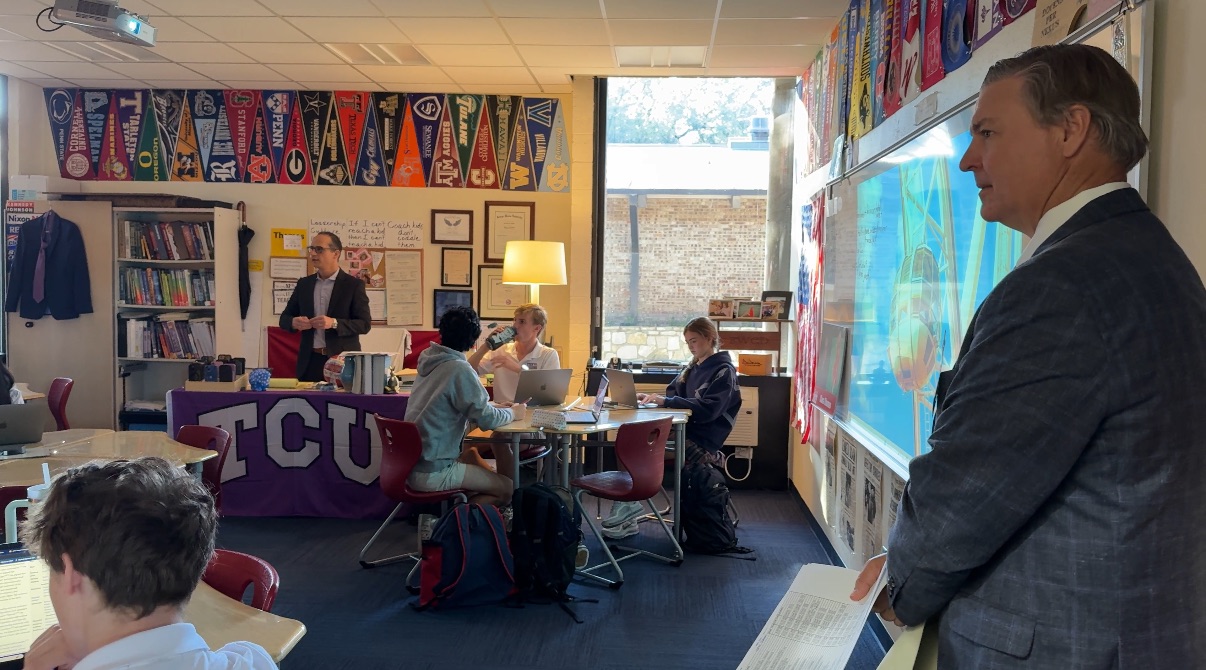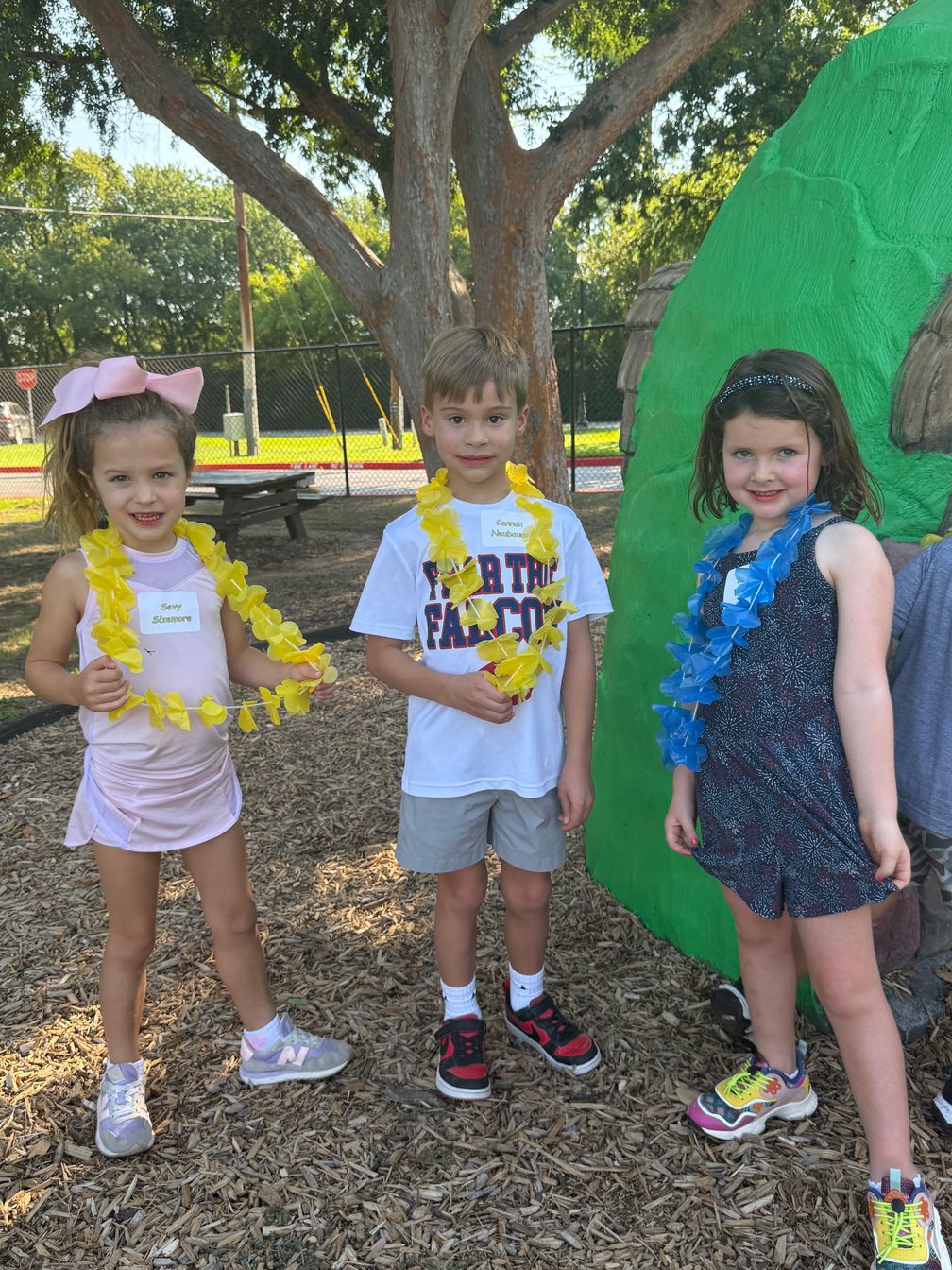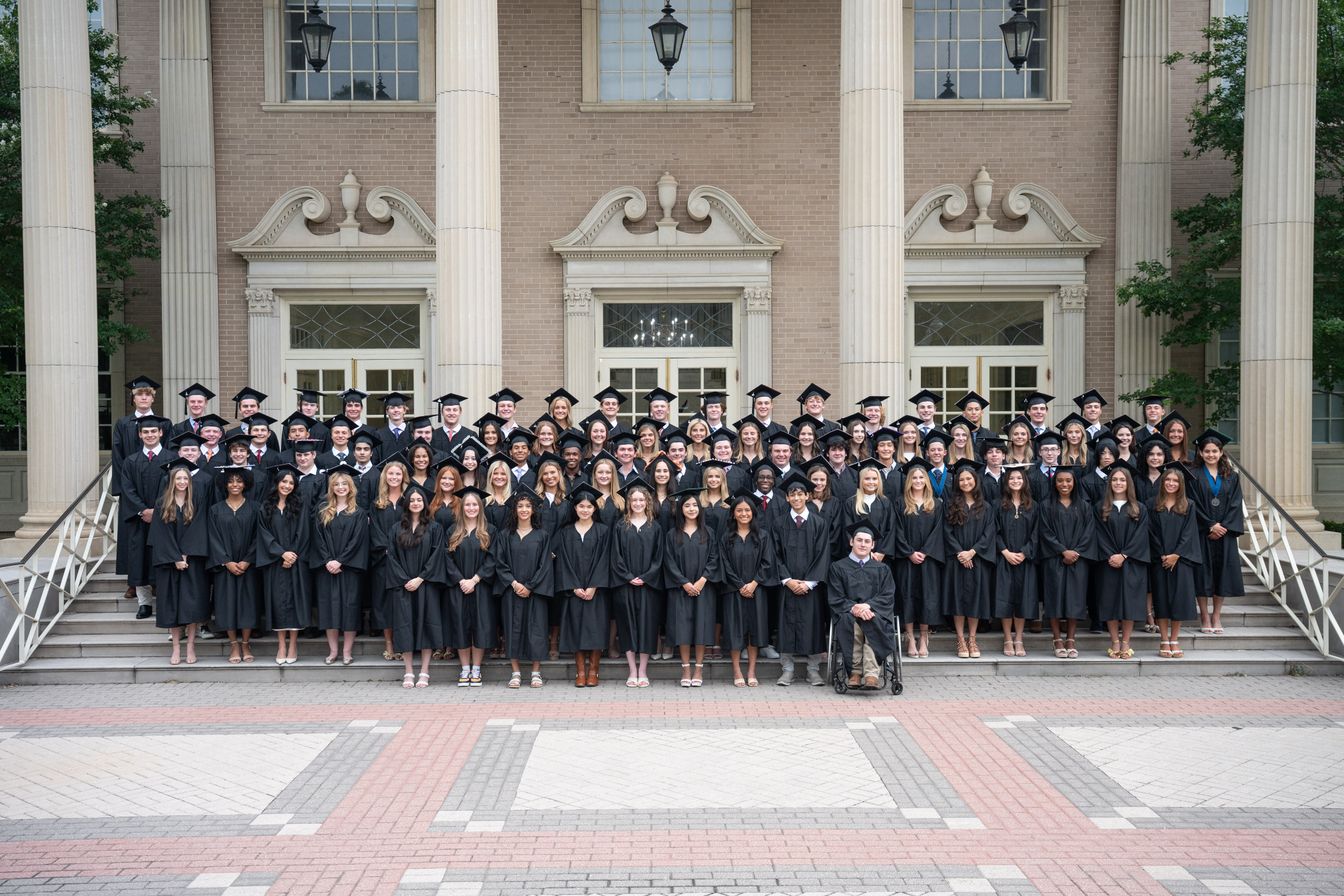Seen Read Heard (April 2024)

My reads this month include an article in The Atlantic (March 13, 2024) by Jonathan Haidt titled “End the Phone-Based Childhood Now: The environment in which kids grow up today is hostile to human development” and a blog post by Greg Bamford titled, “The Stories We Tell About Other People.”
“End the Phone-Based Childhood Now: The environment in which kids grow up today is hostile to human development” by Jonathan Haidt, The Atlantic (March 13, 2024)
I have read The Atlantic article, and I have read other books by Jonathan Haidt. He has established himself as a megaphone, and he is using that megaphone very effectively. Like the old E.F. Hutton ads, When he speaks, people listen. They not only listen, they talk about what he is addressing.
In my December 2022 Notes from the Head, I wrote about The Coddling of the American Mind: How Good Intentions and Bad Ideas Are Setting Up a Generation for Failure by Haidt and Greg Lukianoff. That book was about shutting down invited speakers, “canceling” people, and “coddling” our young adults. I found his message about the importance of teaching students to be able to hear things they do not like and to be able to address those things they don’t like with respect, to be effective in reminding us as educators and parents of some of our essential work guiding and developing citizens.
Haidt’s hot topic now is cell phones. He has a book-length study that came out a few weeks ago (The Anxious Generation), but this article in The Atlantic previews his case for concern about social media and cell phones in the hands and always on the minds of so many 10 to 18-year-olds.
Some excerpts from the article:
“It was in this brief period, from 2010 to 2015, that childhood in America (and many other countries) was rewired into a form that was more sedentary, solitary, virtual, and incompatible with healthy human development.” (11)
“The most recent Gallup data show that American teens spend about five hours a day just on social media platforms (including watching videos on TikTok and YouTube). Add in all the other phone- and screen-based activities, and the number rises to somewhere between seven and nine hours a day, on average.” (13-14)
On the list of things that have declined since the early 2010s, Haidt notes sleep, exercise and book reading, and he adds, “With passive entertainment always available, adolescent minds likely wander less than they used to; contemplation and imagination might be placed on the list of things winnowed down or crowded out.” (15)
“But perhaps the most devastating cost of the new phone-based childhood was the collapse of time spent interacting with other people face-to-face.” (15)
“Finally real-world interactions usually take place within communities that have a high bar for entry and exit, so people are strongly motivated to invest in relationships and repair rifts when they happen …. Relationships within [virtual networks] are usually more disposable.” (17)
“Gen Z students found words, ideas, and ambiguous social encounters more threatening than had previous generations of students because we had fundamentally altered their psychological development.” (19)
“...[T]he harms that have resulted from transforming childhood so suddenly and heedlessly go far beyond mental health.” (19) These harms, as Haidt sees them, include:
> Social awkwardness, reduced self-confidence, and a more sedentary childhood
> Fragmented attention, disrupted learning
> Addiction and social withdrawal: video games and porn
“I don’t want to overstate the risks: Most teens do not become addicted to their phones and videogames.” (21)
> The decay of wisdom and the loss of meaning
“From 2010 to 2019, the number [of high school seniors] who agreed that their lives felt ‘meaningless’ increased by about 70 percent, to more than one in five.” (23)
“ … [S]ocial media accomplishes a remarkable feat: It even harms adolescents who do not use it.” (27)
Haidt’s prescription to address what he says are cell phone toxins calls for these four actions:
- No smartphones before high school
- No social media before 16
- Phone-free schools
- More independence, free play, and responsibility in the real world (28-29)
I find Haidt to be like Malcolm Gladwell: Both thinkers/authors generate profound ideas, the sort that are usually bandied about around a dinner table with little substantiation. What Gladwell and Haidt are able to do is to marshall research to support their perspective. In Haidt’s case, the cell phone argument can run a little toward the catastrophist side. I find myself marking his books and articles with “+” s and “-”s. The minuses are for the arguments that detract because they seem to be reaches. But the pluses are plenty.
I look forward to learning more by reading The Anxious Generation, hoping that Haidt shares good guidance on ways schools and parents can partner to minimize the negative impacts of cell phones and social media. Congress might need to intervene as well.
“The Stories We Tell About Other People” by Greg Bamford
Bamford is a former Head of School who now consults with schools. He has led FWCD in its strategic planning process this year. In this blog post, he raises good questions about the tendency for members of school communities to see the school from just one perspective: their own. He challenges us to push back on that tendency. He challenges us to recognize when there might be two truths, two or more valid perspectives.
“Who is your favorite constituency to complain about? Is it the board? The administration? The faculty? The parents? Alumni? Who are the villains in your story of the school? And who are the heroes in your narrative of the school? Is there a group that strikes you as having the truest, most important one, or most virtuous perspective on where to go from here?” (1)
“There is no such thing as ‘the administration,’ as a unitary entity, there are administrators. There is no such thing as ‘the faculty,’ there are faculty members. And there is no such thing as ‘the parents,’ only parents. An imagined unitary identity can serve a rhetorical purpose, but it usually obscures what’s happening on the ground.” (1-2)
“Parents can see themselves as the wronged customer whose needs are going unmet. Faculty can see themselves as the unsung heroes who live the school day to day. Alumni can see themselves as the ones holding onto the true legacy of the school. Our attachment to single constituent identities, in other words, can keep us at the center.” (2)
“Seeing these constituencies as monoliths can also give rhetorical power to individual preferences. I’ve heard this rhetorical sleight of hand referred to as ‘the invisible army,’ as when an individual board member shares his concern about a particular policy - or perhaps one she has shared with another board member once - and attributes that concern to an entire group, saying, ‘The board has lots of concerns about the dress code.’” (2)
“Rather than telling one story - stakeholder blocs or individual views - we need to hold both in mind.” (4)
“By seeing constituencies as constituencies shaped by their position - and also as gloriously diverse, dynamic and contradictory - we can design away from cognitive bias, and toward a future with more opportunities to make our schools better.” (5)




